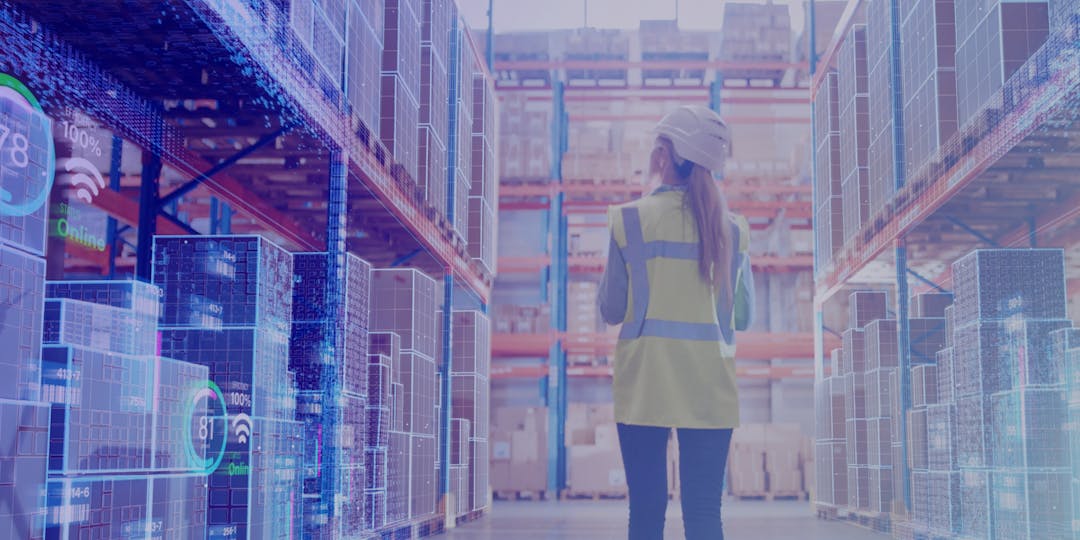Several organizations have experienced unprecedented supply chain disruptions since the pandemic such as the technology and chip component industries.
Over the last two years, there has been a sharp whiplash in demand in tech sectors, with a sharp decline due to economic uncertainty followed by an equally unexpected quick recovery. As a result, the tech sectors experienced never-before-seen pressure to meet the drastic shift in consumer demands.
An unprecedented number of consumers started to depend more on electronic gadgets and tech-based solutions because of the abrupt move to remote working on a global scale. Product shortages for the public were unavoidable as a result of the spike in demand among the tech manufacturing industries.

5 Supply Chain Challenges
Restrictions in International Shipping
A single product may require numerous overseas shipments throughout the supply chain process, from receiving raw materials to assembling and testing it. Tech-based businesses in the U.S. are heavily reliant on international shipping. For example, during the pandemic, international flights were significantly reduced, which caused the supply chain to significantly slow down.
Suggestion:
While with international shipping, overcoming these restrictions may be difficult. By using ProLabs, international shipping can be avoided by using our products with our strong stocking stance in Northern and Southern America as well as Europe.Shortages in the Supply of Semiconductor Chips
The chip industry may have attracted the most attention in the last few years. It was one of the sectors where the pandemic caused the largest supply chain disruptions. Chip makers are now working to close the widening supply-demand gap, but it will be difficult to meet the new capacity online.
Suggestion:
As the Chip Manufacturing Industry continues to recover from the backlash of the pandemic. Ways in which they seek to close the supply chain demand is to ramp up production capacity, work on preliminary forecasting on chips with the highest demands. Such as with, QSFP-100G-LR4-AO, 100Gigabit LR4 where the demand has increased over 50% from 2020 to 2022.Increased Domestic Investment in Manufacturing
To meet rising needs for electrical components, the U.S. has come to rely more and more on overseas producers. Additionally, this covers crucial elements that are essential to national security. Due to the limitations on overseas shipping, there was a greater reliance on U.S. manufacturers, which created opportunities for these supply chain producers to quickly adjust to the new conditions.
Suggestion:
At ProLabs, the strong stocking stance we take within our specific regions allows for us to provide quick turnaround solutions for complex challenges.Changing Consumer Behaviors
Before the pandemic, tech-based businesses noticed a rise in demand for eCommerce and digital services. The worldwide situation caused the trend to accelerate even more as supply chain companies have never had to supplement and speed up their B2C & eCommerce operations. The supply chain organizations must monitor the effects of these disturbances on return operations to solidify their procedures through control tower and LLP solutions.
Suggestion:
By monitoring these changes using data analysis reporting. It allows for us to better predict the products we expect to see spikes before major increases happen. Thus, allowing for us to improve our stock holdings and better provide our consumers with speedy turnaround times.Ambiguity in Trade Relations
The supply chain for technology has been directly impacted by the recent uncertainty in trade ties. Manufacturers are constantly under pressure to operate in the context of altering policies and constantly evolving international trade ties.
Suggestion:
By having close relations with our material vendors, we can monitor any potential changes in policies that occur within our scope and outside our scope. Allowing us to find the correct paths to take that will not slow down production capacity.
Potential Threats to Supply Chain
As a result of the disruption of global resources, the supply chain has been affected. The latter had an impact on investment, labor, production, and distribution. Unfortunately, it is predicted that the interruption to supply chain will continue to persist into 2023 and potentially longer.
Although, it continues to be a challenge to get supply chain operating as it once was. Investing in holding more stock has proved to help us mitigate the situation. As well as provide timely solutions to our consumers. Some of our highest stock holding being on, GLC-T-AO 1Gigabit Copper TXs, QSFP-100G-LR4-AO 100Gigabit LR4, and more to meet the continuous increase of demand from consumers.
How to Alleviate Supply Chain Issues
To address these supply chain interruptions, organizations must ensure to collect data regarding the demand of goods. Take your data and put them into a regression model. This model will examine relationships between variables of consumer demand and supply chain availability. Thus, indicating to supply chain personnel which products should have a higher investment in stock over others that may not need such a strong stance.
These models can take advantage of Artificial Intelligence (AI) to continually refresh, where supply chain will review consistently to keep adjusting to increase and decrease in goods demand. Providing a well-rounded but continually evolving solution to resist future interruptions in supply chain.
